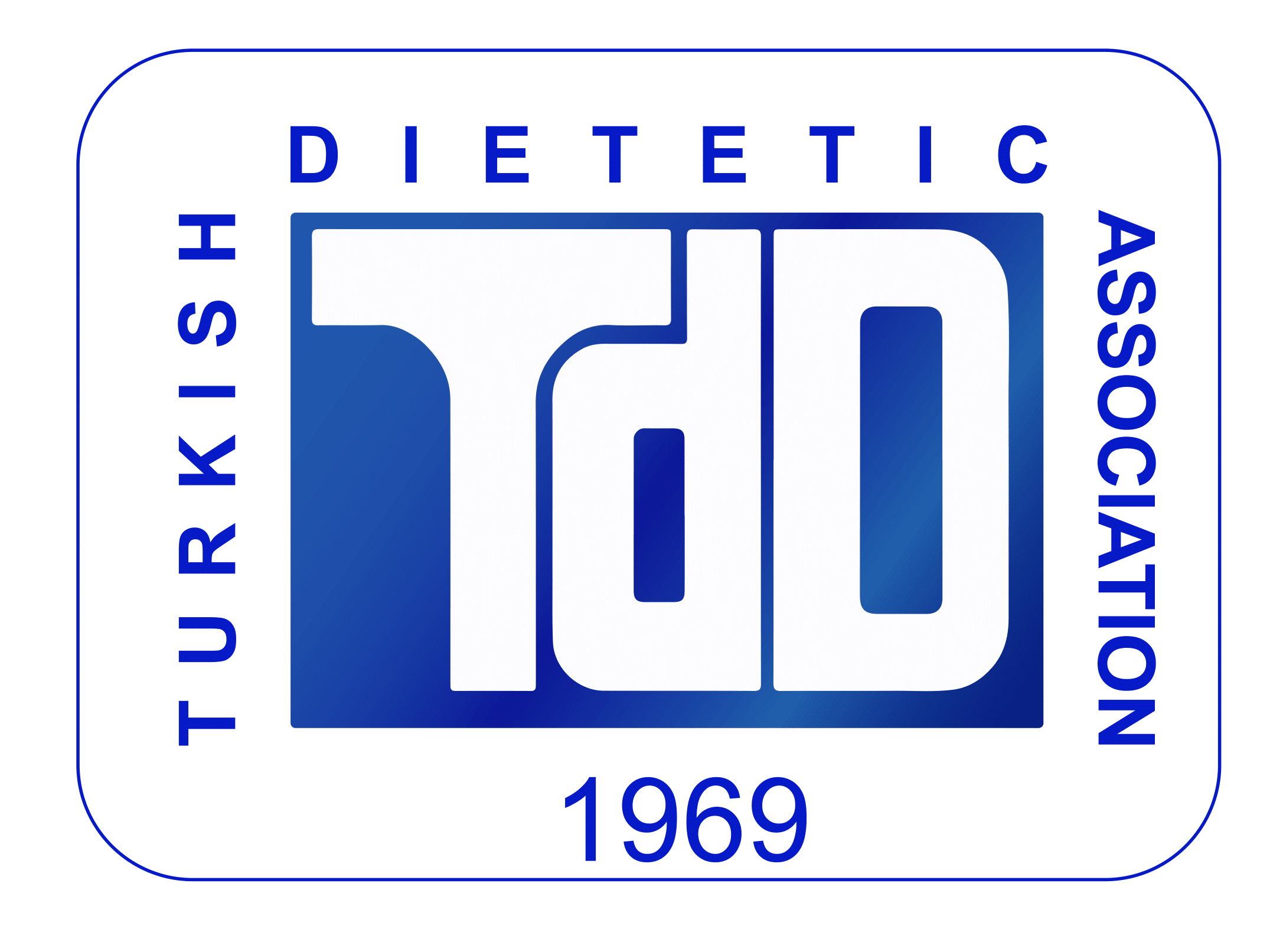The Consumption of Meat Types Baked Using with Different Aluminium Foils: Risk Assessment of Aluminium Exposure
Keywords:
Aluminium foil, meat types, marination, cooking, exposureAbstract
Aim: This study was planned and carried out in order to evaluate the risk of aluminium (Al) exposure, which occurred as a result of the consumption of meat types upon the application of different marination methods after these meat types were baked wrapping with different folios and under different temperatures-periods. Material and Method: In the research, by wrapping different foils (foil-1: Al foil; foil 2: baking paper + Al foil), four different samples of meat [beef, mutton, chicken (breast and drumstick)], were baked for 60 minutes in 150°C, 40 minutes in 200°C and 20 minutes in 250°C, with 4 different marination methods. The Al analyses of all samples were made in ICP-MS device. In terms of the beef cooked for 60 minutes at 150°C (r=-0.566 p<0.01) by using foil-1 and in terms of beef, mutton and chicken breast meat (r=-0.528 p<0.01, r=-0.357 p<0.01 and r=-0.286 p<0.05 respectively) for 40 minutes at 200°C by using foil-1; it was detected that the Al exposure increased as long as the acidity increased. When the relation between Al exposure levels, which occurred as a result of the consumption of meats cooked by using foil-2, and pH was analyzed; it was found that in terms of mutton and chicken breast meat cooked for 60 minutes at 150°C (r=-0.300 p<0.05 and r=-0.623 p<0.01 respectively), in terms of mutton and chicken drumstick cooked for 40 minutes at 200°C (r=-0.531 p<0.01 and r=-0.508 p<0.01 respectively) and in terms of beef, chicken breast and chicken drumstick cooked for 20 minutes at 250°C (r=-0.675 p<0.01, r=-0.546 p<0.01 and r=-0.457 p<0.01 respectively); it was also found that the Al exposure increased as long as the acidity increased. Results: The highest weekly Al exposure in the individuals was detected when the mutton was cooked with foil-1. The lowest Al exposure was determined as a result of cooking of chicken breast meat with foil-2. In addition, in terms of all meat types, the Al exposure of individuals with each marination type and under each temperature-period was found higher in the meats cooked with foil-1, when compared with meats cooked with foil-2. Discussion: Although the Al exposure is not at the level of threatening the human health, it is accepted as a risk for many diseases, mainly neuro-degenerative diseases, and it is considered that it would have a long-term affect on the human health. In order to minimize the Al exposure from foods, the utensils, not including Al, should be used in the stages of preparation, cooking and storage of foods.

